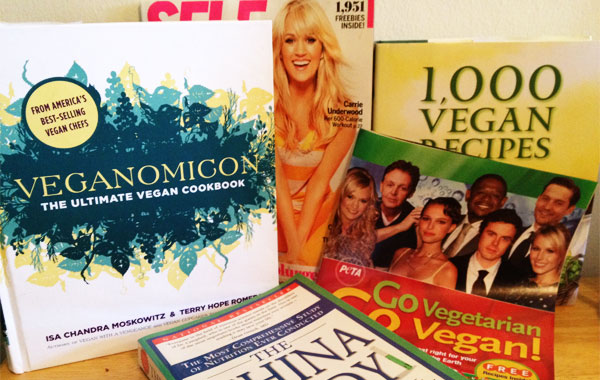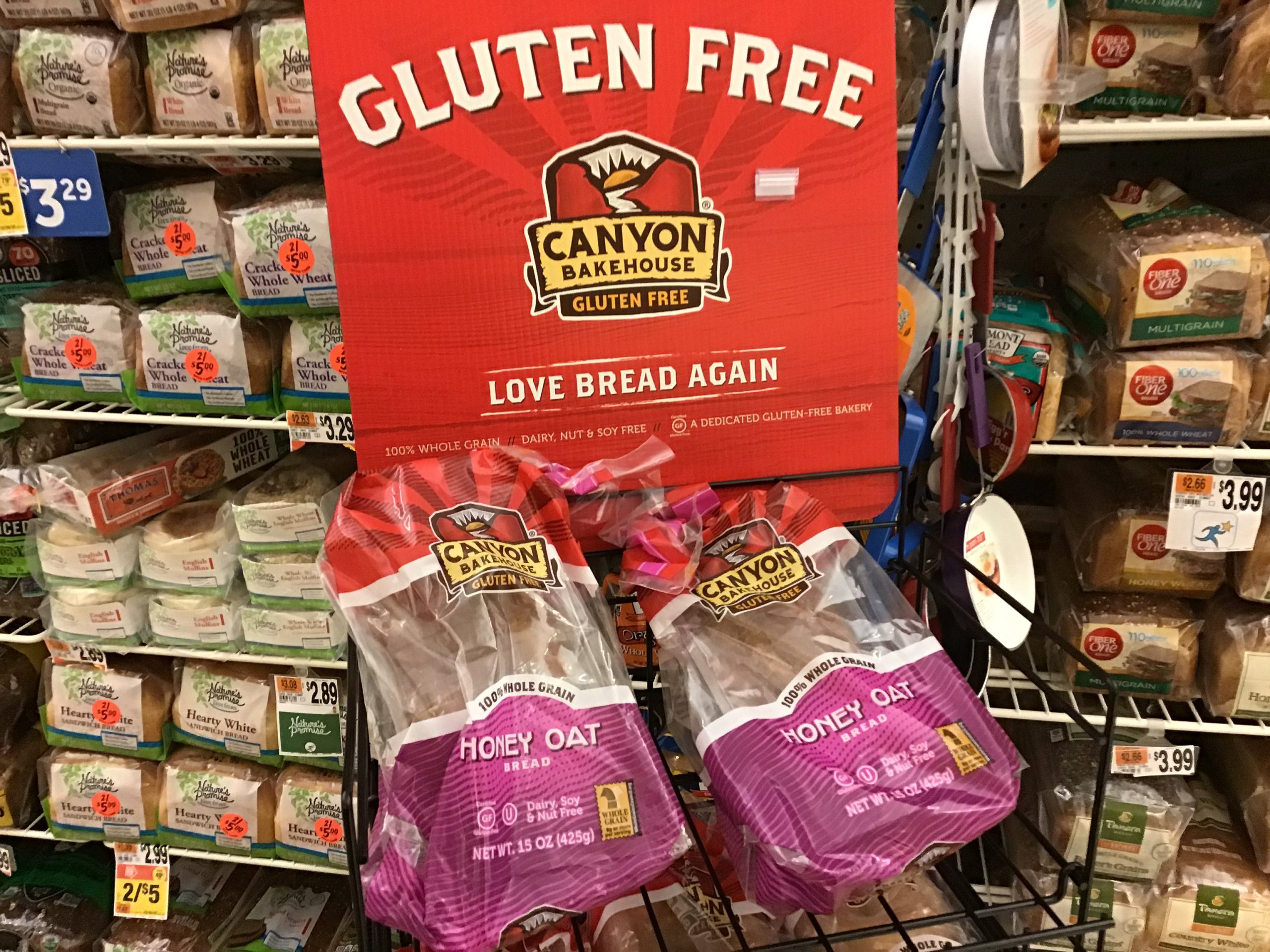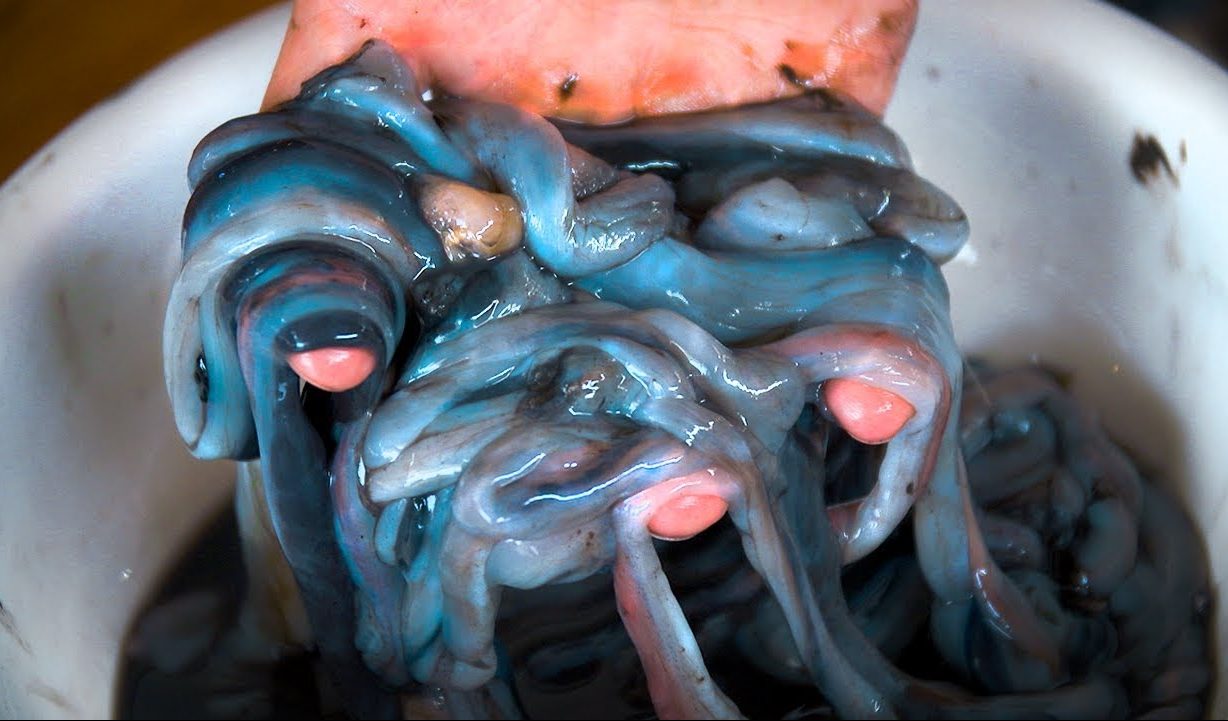Vegan and Vegetarian Diets Go Mainstream — Here is a Look

It’s a sign of the times – vegan diets are growing in popularity beyond hippie health food store employees.
A little over 1 percent of Americans are following a vegan or vegetarian diet, according to a 2006 poll by Harris Interactive. Vegetarians typically avoid meat, but eat other animal-based foods like eggs and dairy products. A vegan diet is void of any animal products and consists of mostly whole foods and plants. That means no meat (seafood and poultry included), no dairy, no honey and no eggs.
It’s difficult to put a number to how many vegans there are in the U.S. today, as veganism varies from person to person. More strict vegans may avoid products that are processed with animal products, such as sugar, or food additives and dyes that are made from animals or insects.
Vegans and vegetarians typically elect to follow the diet for health reasons. In his book called The China Study, American biochemist T. Colin Campbell wrote, “By any number of measures, America’s health is failing. We spend far more, per capita, on health care than any other society in the world, and yet two thirds of Americans are overweight, and over 15 million Americans have diabetes, a number that has been rising rapidly.”
“… To make matters worse, we are leading our youth down a path of disease earlier and earlier in their lives,” Campbell continued. “One third of young people in this country are overweight or at risk of becoming overweight.” Due to their mostly whole foods, plant-based diet, vegans and vegetarians tend to be thinner and healthier overall, with lower blood pressure and cholesterol levels that those who follow a more “traditional” American diet.
The American Journal of Clinical Nutrition published a study in 2009 showing how vegan diets are “associated with many health benefits because of its higher content of fiber, folic acid, vitamins C and E, potassium, magnesium, and many phytochemicals and a fat content that is more unsaturated.”
Even with these health benefits, the U.S. Department of Agriculture’s number-one tip for vegetarians is to think about protein. While protein can be a concern, the 2009 study also found the potential for nutritional deficiencies in vitamins B-12 and D, calcium, zinc, iron and omega-3 fatty acids. Protein sources for plant eaters include beans, peas, nuts and soy products like tofu and tempeh. Calcium, zinc, iron and omega-3s can come from greens, fruits and fortified cereals and breads.
Because vitamins B-12 and D are not naturally found in plant sources, the USDA encourages vegetarians and vegans to incorporate foods that are fortified with the vitamins or to take supplements as suggested by a clinical nutritionist. For more nutrition education information, visit choosemyplate.gov.
Other benefits of the diet include reducing the impact of meat consumption on the environment. The mass production of meat in our agricultural industry has contributed to the high level of greenhouse gas emissions in the United States.
An article published by the Center for a Livable Future at Johns Hopkins Bloomberg School of Public Health in 2002 noted that the food supply in the U.S. is impacting the environment by draining resources to feed animals. According to the article, “. . . a significant amount of energy is lost as livestock convert the grain they eat into meat.”
Country music artist Carrie Underwood recently told SELF Magazine that after seven years of being a practicing vegetarian, she said she is now 95 percent vegan. “My veganism is based on a concern about where my food is coming from,” she said. “… I’ll never eat meat again, because I look and feel better without it.”
Best-selling books Veganomicon, by Isa Chandra Moskowitz and Terry Hope Romero, and The Kind Diet, by actress and animal rights activist Alicia Silverstone, are just two examples of the popular vegan how-to literature on the market. According to Veganomicon, “The beauty of this culinary whippersnapper (vegan cuisine) is that it draws influences from every part of the world to create an entirely new way to eat.”























